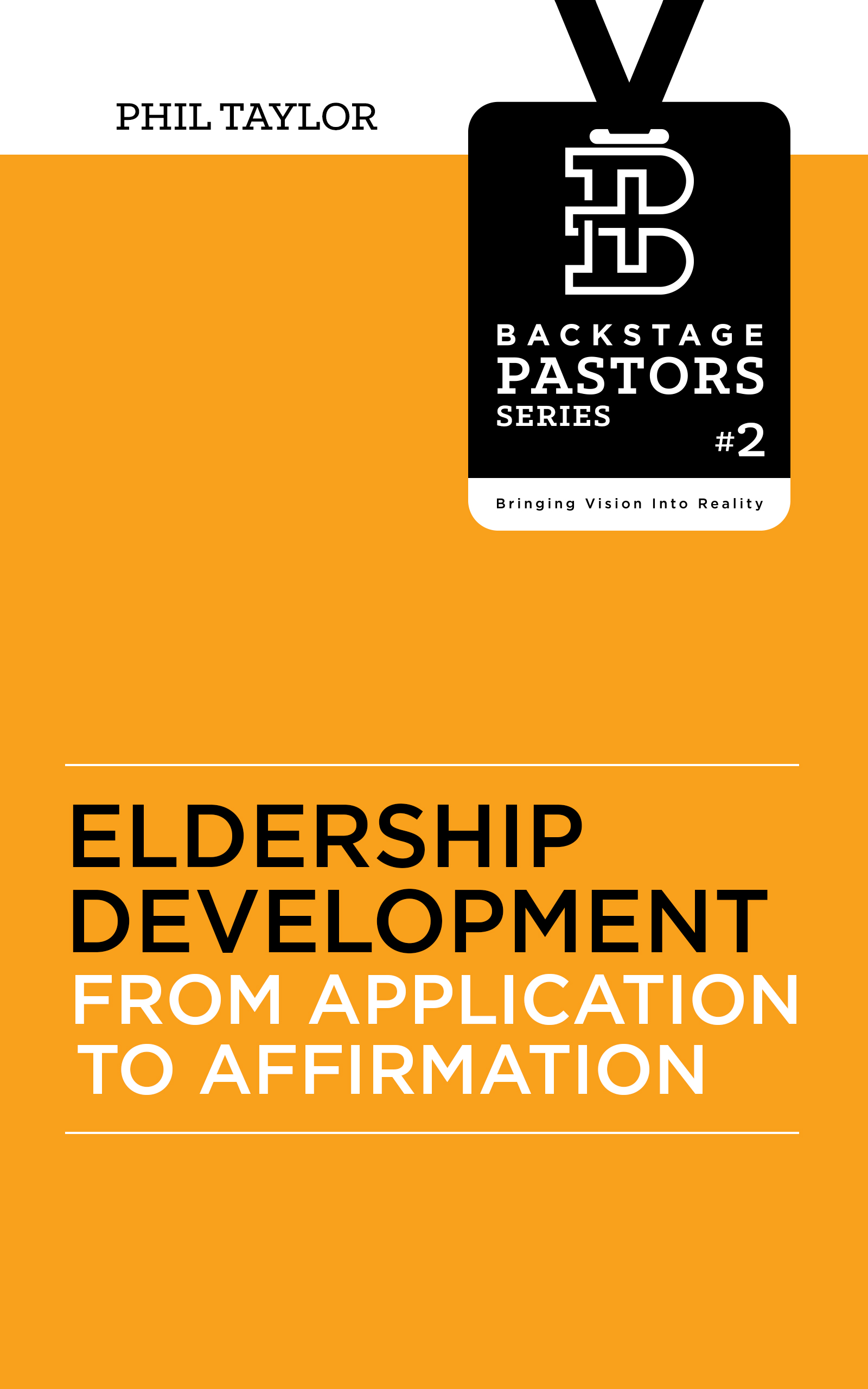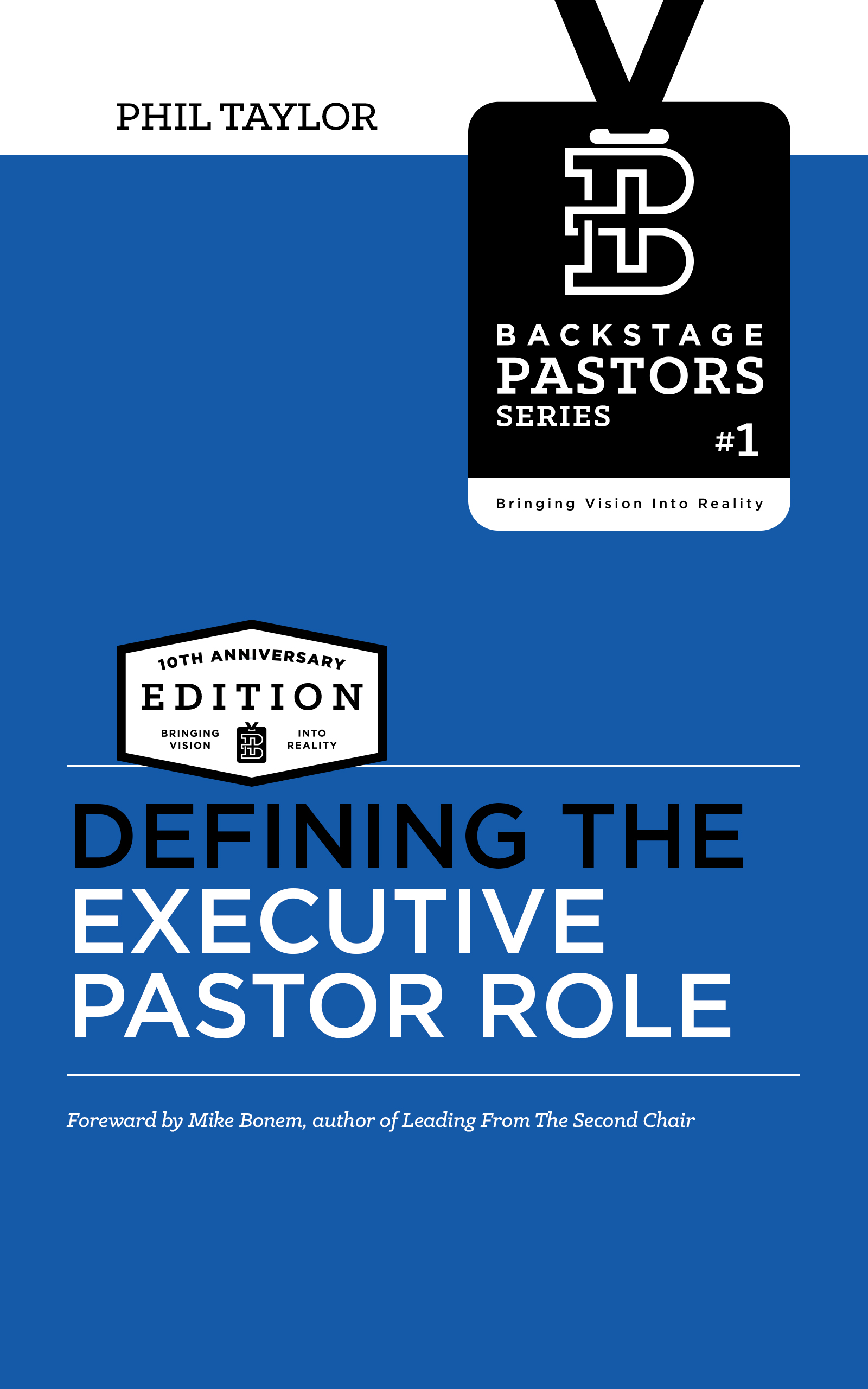So how many of you identify with this scenario?
I hear about a situation second or third-hand and in listening to the information, my judgement begins to be swayed and I have already made my verdict and issued a decree of “Guilty!” And this is the mindset in which I approach the other person.
This has devastating effects on those you are dealing with, and as a leader, you have just eroded trust and relational capital. I do not recall where I heard it, but there is a powerful principle that goes something like this:
Questions stir the conscience; accusations stir the will.
How you confront or handle potential issues with another is critical to your continuing success as a leader.
I recall a recent situation where I had heard some information second hand and I had already come to some conclusions. The problem was that in coming to those conclusions, I did not take the time to hear the other half of the story and came away a bit embarrassed that I jumped the gun so quickly.
That is why effective leadership involves having a “relational tool belt” that is stocked with tools for how to drive effective and helpful conversations with others when conflict arises or confrontation needs to happen.
Conflict happens. Confrontation happens. Do we do it well?
The Gospel and handling conflict
Two Gospel principles provide the foundation for this post:
And he answered, ‘You shall love the Lord your God with all your heart and with all your soul and with all your strength and with all your mind, and your neighbor as yourself.’ (Luke 10:27)
Love bears all things, believes all things, hopes all things, endures all things. (I Corinthians 13:7 – emphasis mine)
In other words, loving my neighbor is a manifestation of my love for God, and believing the best about people until you have concrete evidence to think otherwise is a right first call.
Today I want to share a tool with you and it is one that I have used with family, with friends, and with coworkers. It is an effective way to diffuse a potentially awkward or difficult conversation and leaves the door open for a productive relationship going into the future.
This tool is not my own and so I must give credit to where credit it due. I learned this technique from a backpacking buddy of mine, who was taught this from an amazing group we are both affiliated with – Pilgrimage Educational Resources.
And it works.
Observation. Interpretation. Clarification.
The tool is labeled as O.I.C., which stands for Observation. Interpretation. Clarification., and here is how it works.
Let’s set the stage: you have a person that needs to have something addressed in his or her life. Let’s say that Jon has not followed through with his action items in the last two weeks. There have been multiple due dates, and Jon has not delivered. It is time to have a chat.
Let’s walk through the steps.
O is for “Observation”
The goal? Let the person know that you are aware and that you care. This is key, for without this, you will forfeit any future opportunities to minister the Gospel.
The process? State what you perceive to be true and not what you have deemed to be true.
- Ask permission to make an observation.
- Stay with the indisputable facts.
- Be straight forward yet non-threatening.
Here is an example.
“Jon, can I make an observation? I have noticed that over the last two weeks, there have been three action items for which you were responsible, and as of now, they just have not gotten done.”
Notice at this point, I do not have all of the information as I have not allowed Jon to speak. And I do not come across as if I do know the reasons for his lack of follow up. I am simply making an observation, not an accusation.
I is for “Interpretation”
The Goal? Clarify for the person what you are thinking about the situation and how it is coming across.
The Process? Interpretation, not accusation.
- Be open in sharing your interpretation.
- Include two or three possible alternative interpretations.
- Make one interpretation a “benefit of the doubt.”
Here is an example.
“In not taking care of these action items, Jon, here are the conclusions I am coming to: either 1) I miscommunicated my expectations about what needed to be completed and when, or 2) you had other pressing items to complete that you deemed to be priority, or 3) you need assistance in how to manage your day or your priorities.”
Notice that my response leaves room for legitimate reasons for why Jon did not complete his expectations. I do not come in with “guns a’blazin’ ready to launch an assault. I am simply offering my interpretation of the situation, in other words, how I perceive it.
C is for “Clarification”
The Goal? Let the person know that you are interested in genuinely helping them and not just exercising judgment. Authentic change is not going to happen unless the other party truly senses you are interested more in them as a person than just getting the job done.
The Process? Simply ask for clarification.
- Is what I am saying anywhere near the truth of why these action items have not gotten completed?
- Help me to understand the situation so that I can help.
- Were any of my three assessments accurate or is there something else going on?
Here is an example.
“Jon, others are noticing these actions items are not getting completed, but I want you to know that my first priority is helping to make you more successful. Was I accurate in any of my assessments for why these things are not getting done? Is there more to the story that I need to understand? Help me out, please.”
Do you see what is happening here? Now I can go into problem resolution with effectiveness and clarity.
What if I went into the meeting telling Jon why I think these action items are not getting done? What if I launched into a tirade about how much he is hurting the organization (or school, business, or church) and that I just need his behavior to change? Do you think he will be defensive and miss the point of the conversation?
You guessed it. You just added more bricks to his backpack and the opportunity to really help him out is gone, probably for good.
I have used this tool recently and it takes the edge off the conversation.
“Here is what I am seeing, and here is how I interpret it. Am I accurate?”
This leaves room for conversation, room for additional information, room for coming alongside. It takes the emphasis off me and my agenda and gives room.
Room for feedback. Room for conversation. Room for growth.
For both parties.











Great process. It’s better to build bridges rather than walls.
Thanks for reading the post and thank you for your comment as well, Anne. It is awkward at times to have to address things with people and often it is because of how we go into it. You are right…building bridges is better – it addresses the issue AND allows the relationship to continue.